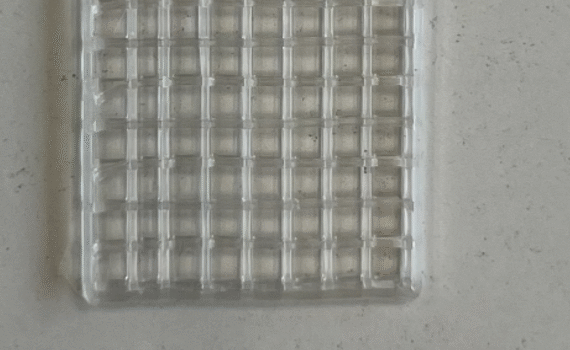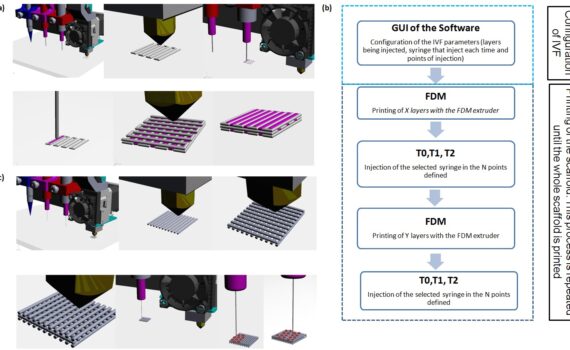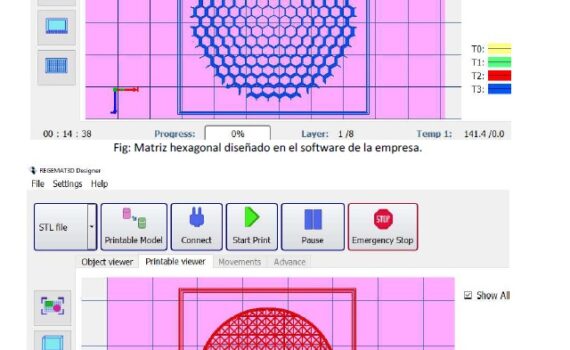+10 Polylactic acid (PLA) and polycaprolactone (PCL) are two of the most widely used materials in tissue engineering, due to their properties. PLA is known for its high rigidity, mechanical strength and biocompatibility, while PCL is valued for its flexibility, longer degradation time and excellent thermal processability. However, the use […]
PLA
+10 For info please contact Sara Román <lab4@regemat3d.com> PLA (polylactic acid) filaments enriched with hydroxyapatite exhibit ideal attributes for 3D printing bioactive scaffolds with applications in tissue engineering and bone regeneration. Hydroxyapatite, a key component of human bone tissue, imparts osteoconductive properties and enhances the biocompatibility of the scaffolds, […]
+30 The printing process of FILAMENT-Oss is carried out by a Fused Filament Fabrication process (FFF/FDM). As any other Additive Manufacturing technique, the FFF creates a physical 3D object from a digital model (usually a CAD representation) which is sliced in layers at consecutive height levels. The process requires of […]
+5-1 The biofabrication technique comprises two processes for every volume: first, the fused deposition of the thermoplastic polymer to obtain the scaffold and second, the injection of the bioink and CaCl2 solution to fill the printed scaffold. Firstly, commercial non-medical grade PLA (1.75 mm filament) was used and it […]
+40 Introduction Hypoxia is a common characteristic of many solid tumors that has been associated with tumor aggressiveness. Limited diffusion of oxygen generates a gradient of oxygen availability from the blood vessel to the interstitial space and may underlie the recruitment of macrophages fostering cancer progression. However, the available data […]
+110 In recent years, the development and use of biomaterials has undergone a great advance because they have made it possible to improve people’s life expectancy, improve surgical techniques and, on the other hand, successfully develop implants and medical devices capable of working properly in contact with tissues of the […]






